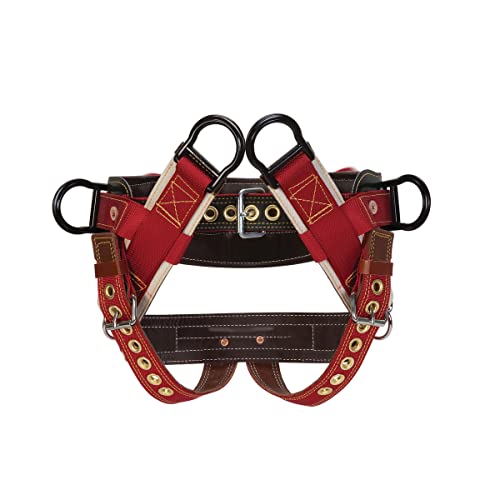tomdcoker
Addicted to ArboristSite
Hello everyone, and thanks for all the past help. My question is when checking compression, to get a true reading how many times do you pull the the starter rope and do you do this with the motor hot or cold. Thanks Tom
























































